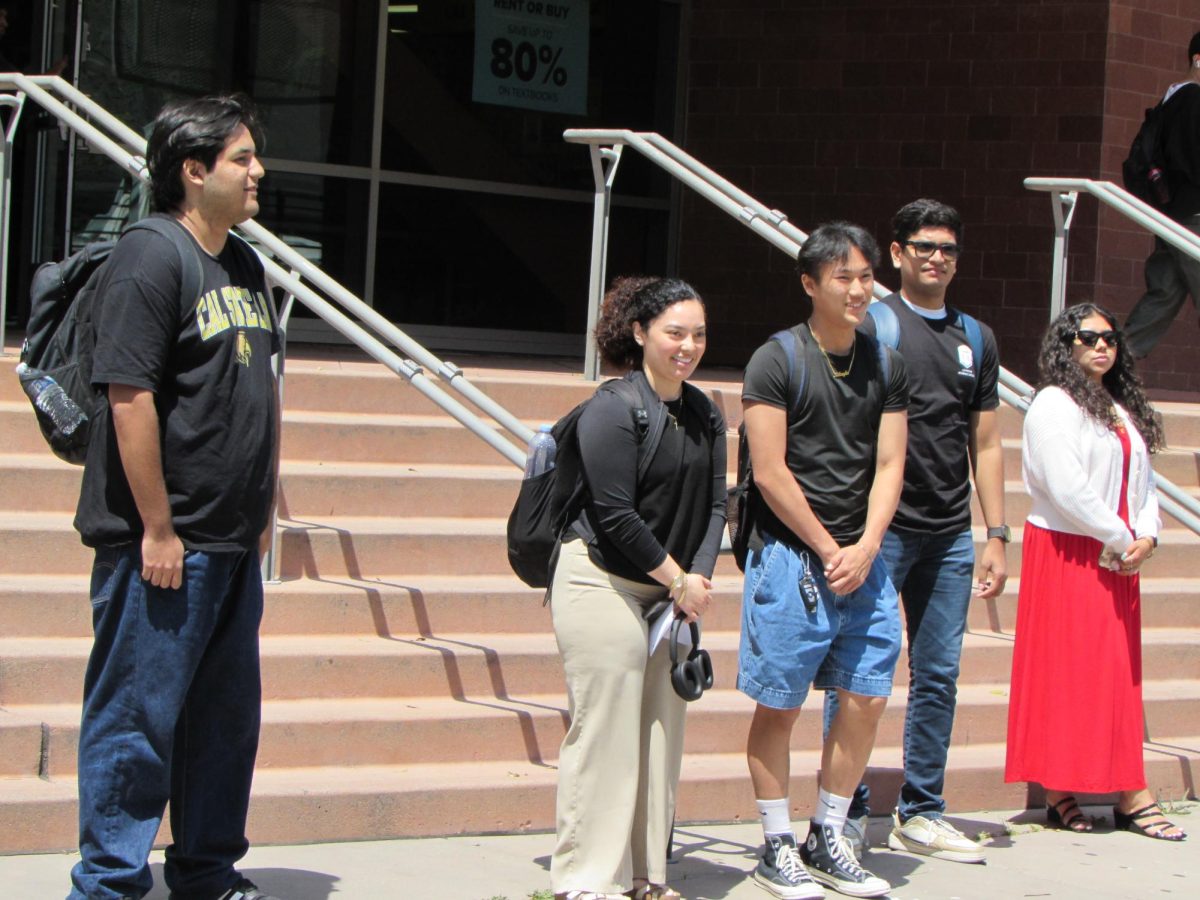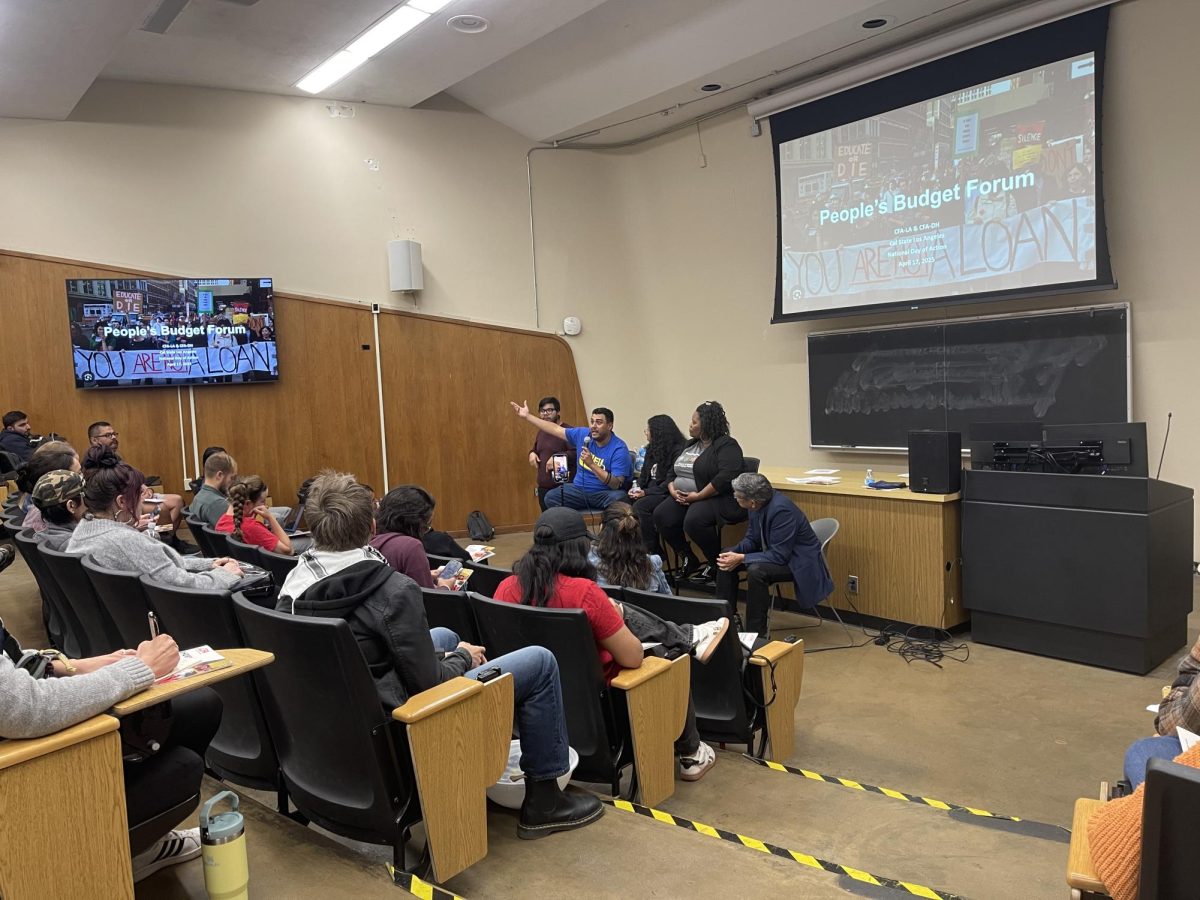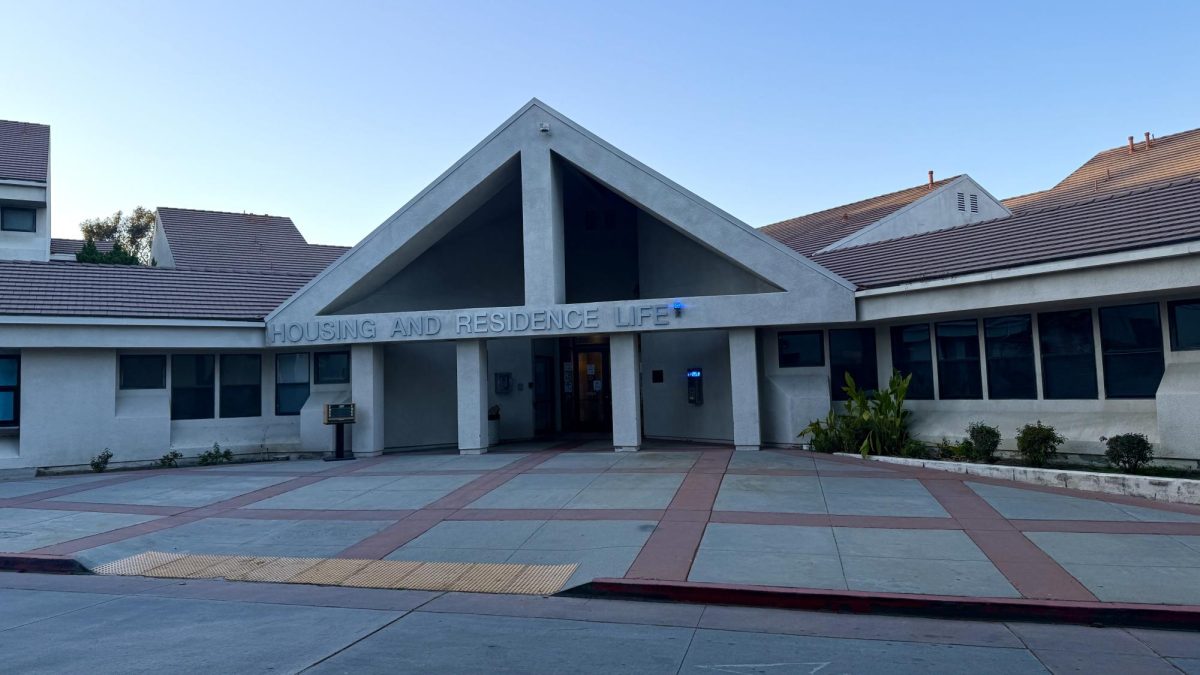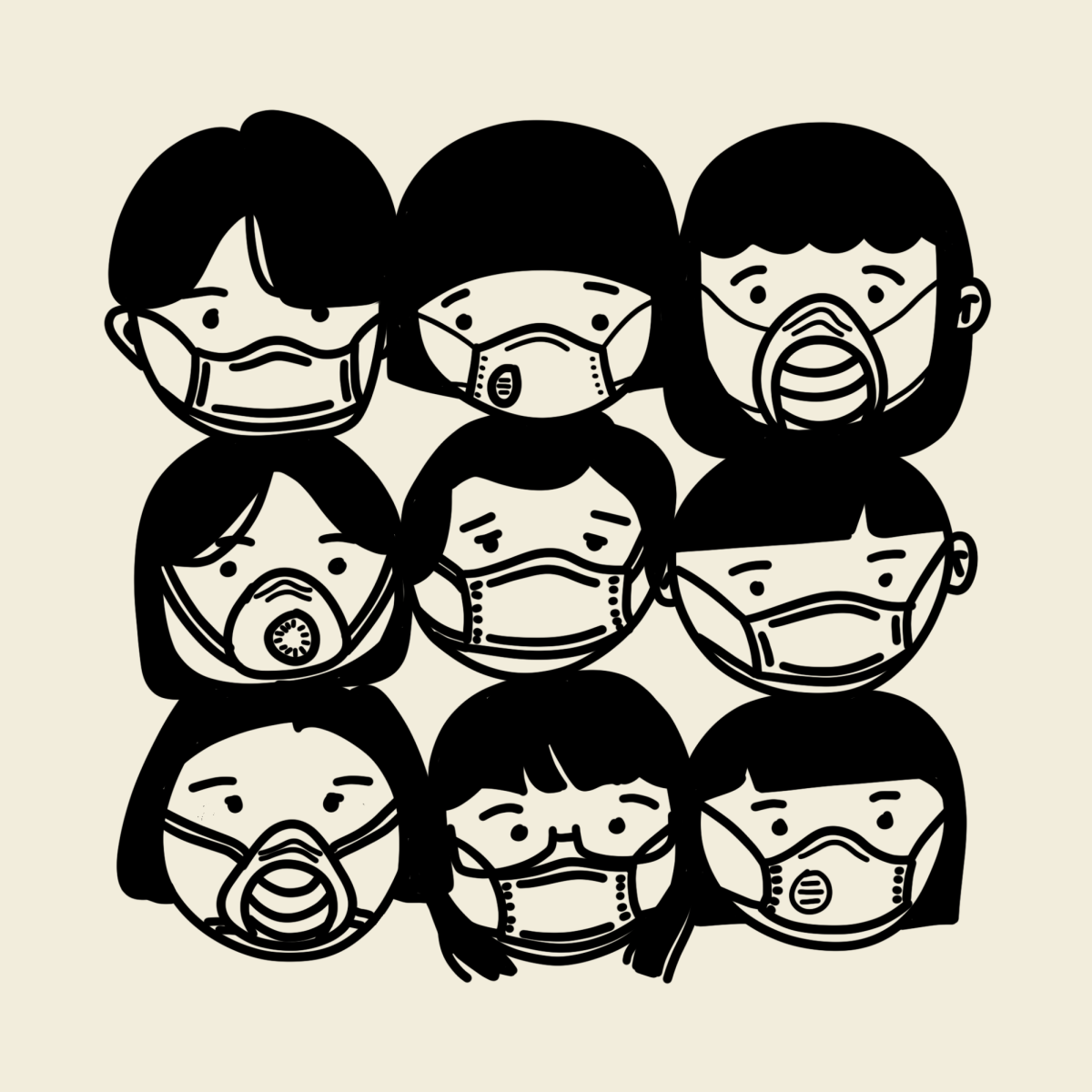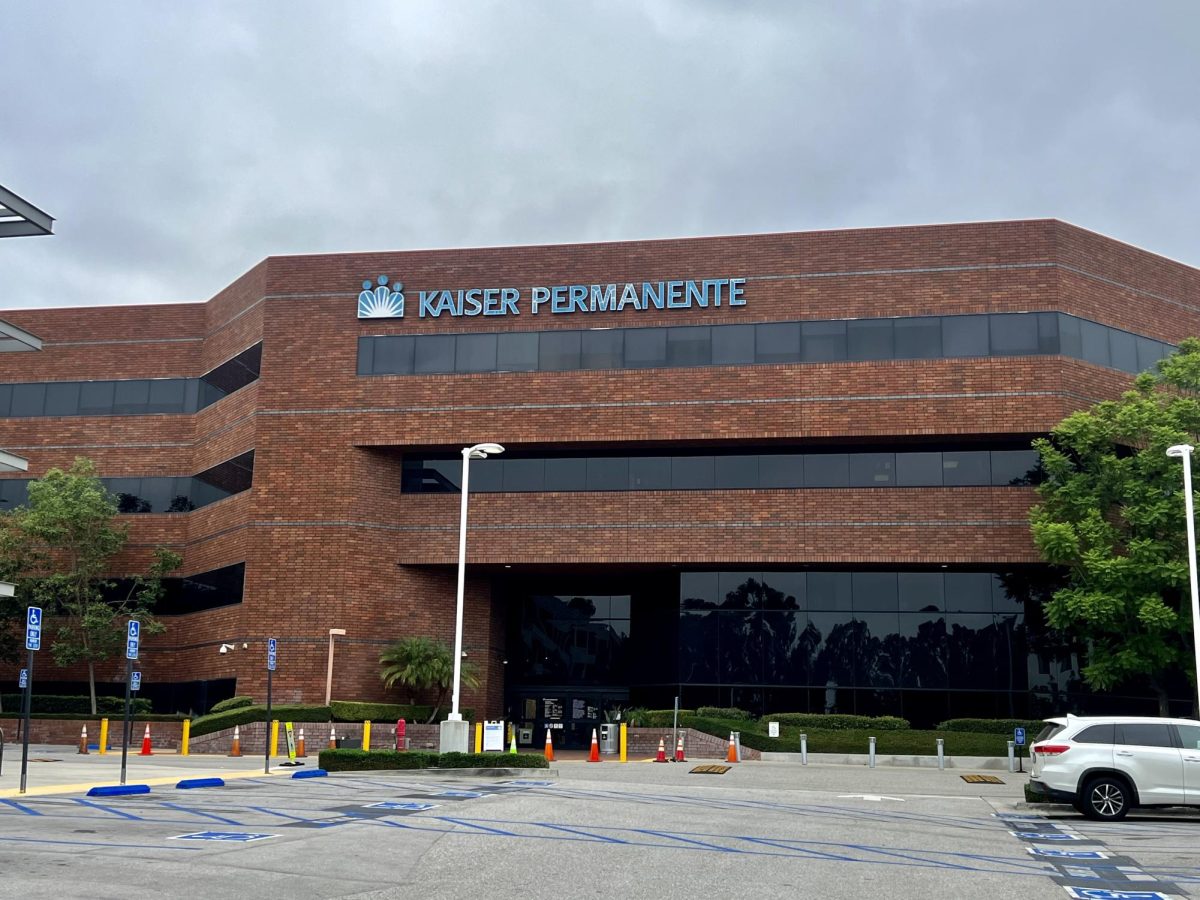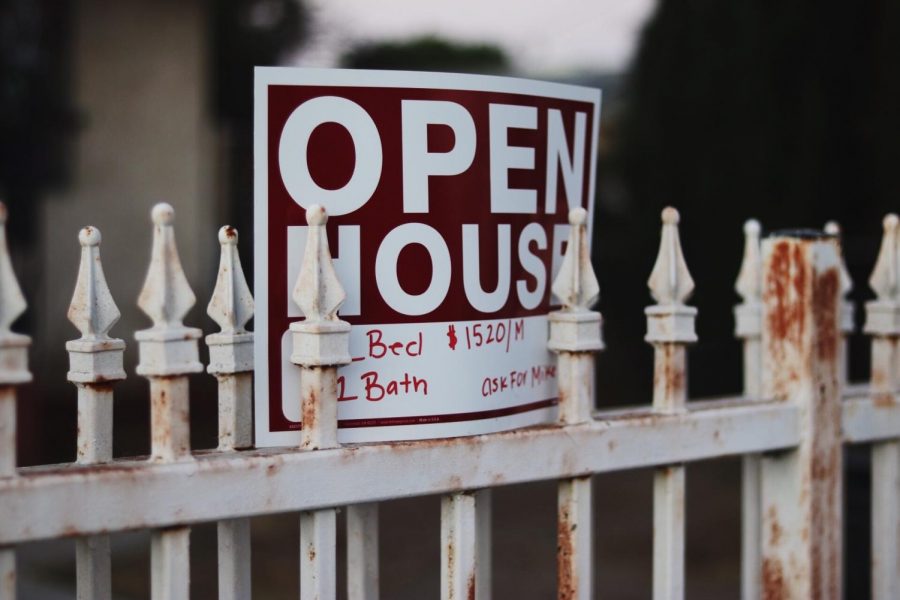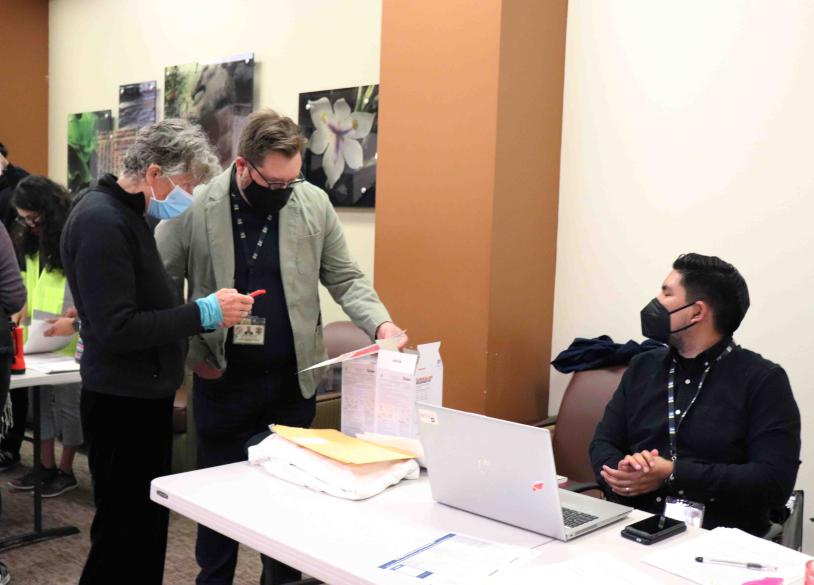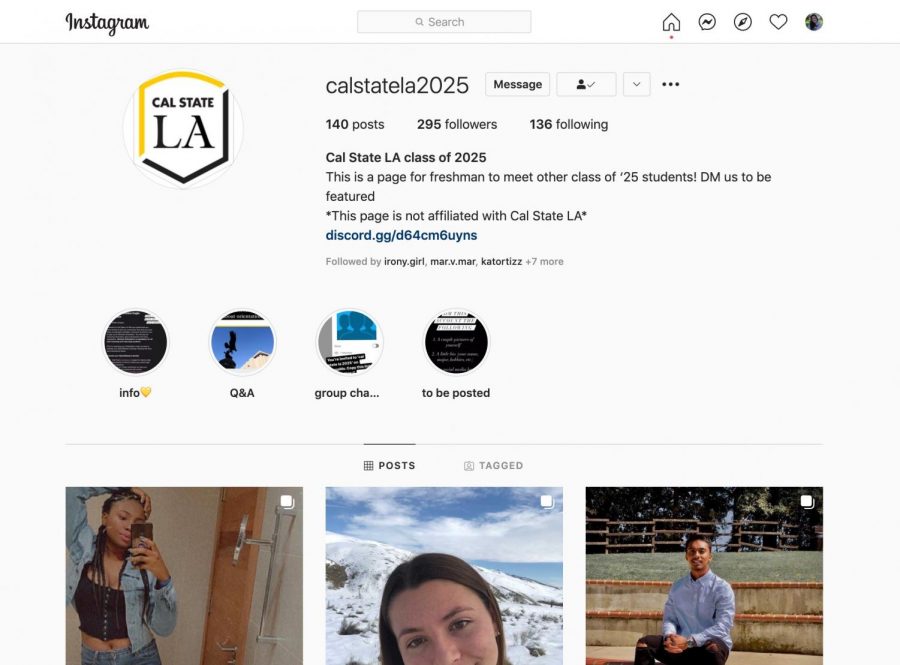Researchers at Cal State LA have united in a fight against an insidious enemy. Computer science and statistics are the Golden Eagles’ weapons of choice in the ongoing war against the coronavirus.
A faculty-student team in the College of Business and Economics, “created an interactive data visualization dashboard that forecasts the number of COVID-19 cases and deaths by region in the U.S. and around the world,” according to an email from the university on Thursday.
For instance, the model predicts more than 31,000 deaths nationwide by Sunday, April 19.
Jongwook Woo, a computer information system professor and director of the campus’ Big Data AI Center, initiated the project. The center has been studying big data analysis and prediction for several years. Dalyapraz Dauletbak, who last year earned her master’s degree in the Information Systems program, created the interactive data visualization dashboard under Woo’s supervision.
“After the crisis occurred, I felt like we could contribute to the community to show real-time data that can see the future,” Woo said. “We see many charts that show coronavirus confirmed cases and new cases every day, but we want to predict the future. For example, how many new cases will occur tomorrow or the day after tomorrow.”
Dauletbak explained that she was inspired by the tool created by John Hopkins University for COVID-19 tracking, however, found it inconvenient to track cases for specific areas or filter by the specific region. She said she has friends living in other states that found it hard to track the cases in their county. She said she used this as an incentive to create a tool to facilitate the COVID-19 tracking.
“I wanted to develop a simple tool where you can easily drill into the state/region of interest and see the trend line of confirmed and new cases as well deaths over time and compare to other states/regions,” Dauletbak said in an email.
“I believe that help can be found on different scales, and from different domains. Even a small opportunity to help during this outbreak means a lot to me,” said Dauletbak. “Currently, most people stay safe at home, but worry about [the] crisis and consume different types of information from numerous sources (including social media), however, not all information is accurate and reliable.”
Using this dashboard, Woo explained that folks can see for themselves how the number of COVID-19 cases are predicted to rise or decline depending on what city or location they’re in.
Monika Mishra, another researcher under Professor Woo’s supervision, created a different interactive dashboard that gathers the latest COVID-19 statistics and presents the countries with the highest risk. The visualization shows the United States, Spain and Italy as the highest risk countries.
Aside from creating the interactive dashboards, the team of researchers, “developed a predictive model using artificial intelligence (AI) and machine learning that determines COVID-19 patient health risks and predicts mortality risk to help hospitals and medical facilities,” according to the university’s email.
Mohammad Pourhomayoun, an assistant professor of computer science, and Mahdi Shakibi, a graduate student, used AI and machine learning algorithms to, “develop a predictive model to determine the health risks and predict the mortality risk of patients with COVID-19 based on symptoms, physiological information, and demographic data,” the email reads.
In order to create this predictive model, they used data from 117,000 patients worldwide confirmed with COVID-19. Pourhomayoun and Shakibi reported in an online article, that the model results have demonstrated an overall 93 percent prediction accuracy.
With this research, they created the predictive model which can be helpful “for medical decision-making, especially when the system is overwhelmed with thousands of patients at a time, and the doctors and other medical workers are so busy,” said Pourhomayoun.
Since Pourhomayoun’s research interest and background focus was already on Artificial Intelligence (AI) and Data Science for Healthcare and Biomedical Applications, this allowed him and his research team to come up with the predictive model to help the medical frontlines.
“The rapid spread of COVID-19 around the world and lack of sufficient medical resources made us start thinking about novel technological solutions such as Artificial Intelligence and Predictive Analytics to help medical decision-making and support doctors and caregivers,” said Pourhomayoun.
Pourhomayoun said the process to create the model took around two months, but they are continuing to work on it so it can be more accurate.
“In this situation, this AI system can be very helpful by supporting the decision-making, predicting the risks for each patient, prioritizing the patients, and determining what patients need to be hospitalized right away, and what patients can still stay safely at home,” Pourhomayoun said.
Considering what the government has done so far with social distancing guidelines, Pourhomayoun believes that they are on the right track: “We have to remember that the main players and the real heroes are our doctors, nurses and all healthcare workers risking their lives to save people on the front line of the coronavirus fight.”
The duo, Pourhomayoun and Shakibi, said they posted the article online so medical facilities and other researchers can access the research while it undergoes peer review.
“We had some initial discussions with [the] National Institute of Health and also the City of L.A. about the possibility of using this system in real-life,” said Pourhomayoun.
For more information, please visit the Artificial Intelligence and Data Science Research Lab at http://www.calstatela.edu/research/data-science
Updated April 22, 2020, to clarify the data predictions.

